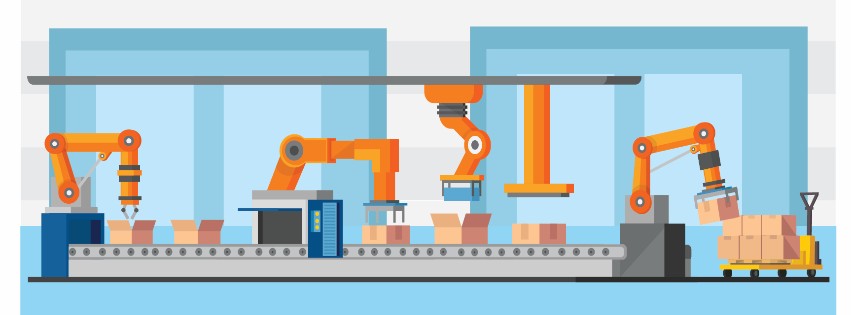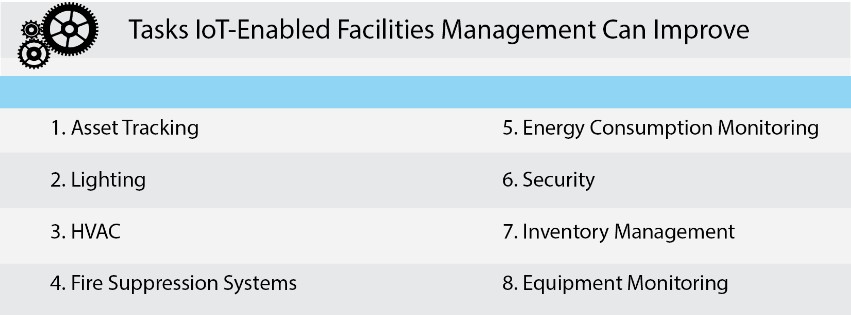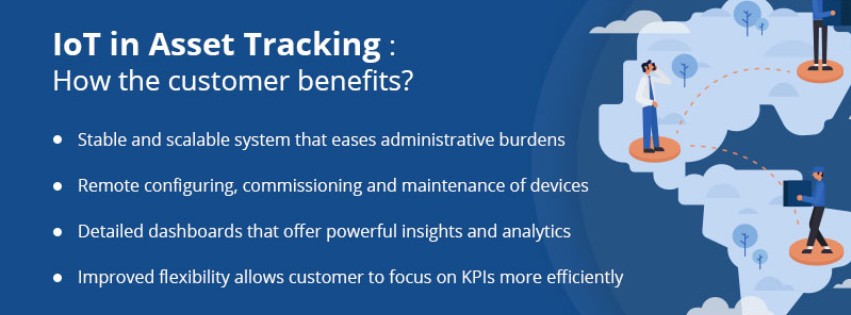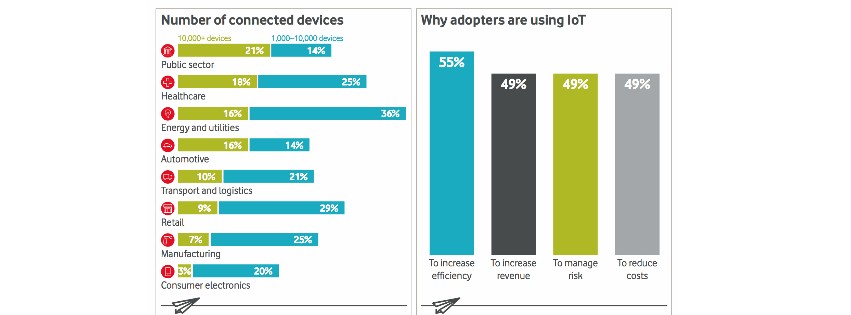
Indoor Asset Tracking solutions can involve many diverse designs dependent on the unique characteristics of each business use case. Most companies have some idea of what they are tracking and why it is important. Before involving the systems engineer team it is very important to conduct an exhaustive review of the industry available IoT asset tracking solutions as well as the potential benefits to the operation. In this blog post, we will be presenting key considerations requiring definition prior to designing an IoT device based tracking solution. .

Understand the Business Use Case
Here are two main areas of inquiry to help frame the early stage IoT project development. The answers to these base questions will help guide user and management expectations without overpromising and under delivering. Solid answers will ensure the project requirements are both realistic and achievable.
Consider the perspective of the user or customer. What essential process or information is not being fulfilled?
We recommend a customer or user centered design approach when performing early IoT project research and user interviews. Obvious questions like "built-in IoT sensors" or "small form factor" seem apparent, the real value is usually uncovered below specific details. As an example, Life Alert is an asset tracking solution with an emergency alert system for seniors living at home. User friendliness and simplicity are critical design requirements. In comparison, tracking a large container in a shipping yard may require numerous location reports for improving supply chain management.
Now, consider the technical perspective. Based on IoT project design possibilities, what could be built?
User interviews are a great method to scope out requirements for a product based IoT solution, but conversations can quickly be disrupted when the wish list is technologically infeasible or physically impossible. A customer may specify the use of GPS underground, or WiFi/Bluetooth underwater, not realizing a product simply will not work under these circumstances due to signal attenuation. The inexperienced can get swept away by an industry sales hype of tracking technologies without fully comprehending how technology fits into a complex, interlocking IoT architecture of asset tracking technologies. All tracking technology has pros and cons while the best IoT solution often involves a unique combination of several IoT technologies rather than a choice of one over all others.
Project research for indoor IoT asset tracking requires careful consideration of many factors in order to set the foundation for a successful IoT deployment. Last Mile Technology can review your unique IoT project and recommend a custom solution based on the requirements for development, device, connectivity, deployment, and management success.
Fundamental Questions for Improving Use Case Requirements
The main purpose of interview questions is to establish a baseline for who is using the IoT Asset Tracking Device, how the IoT Tracking Device is being used, and what the IoT Device needs to do.
- What sort of assets need to be tracked?
- How many floors, levels, split-levels, and inclines are there in the tracking locations?
- What region is your application being built for? Does it need to communicate globally?
- There are different radio frequency specifications across the globe. A LoRa or SigFox IoT device designed for North America will not work in France or Australia.
- GDPR (The General Data Protection Regulation is a regulation in EU law for data protection and privacy.) may affect the type of data that can be collected. How will the IoT project solution be affected, if at all?
- What is the floorplan of the space in which assets will be tracked? What kind of location accuracy is required vs. desired?
- Which connectivity technologies and configurations best suit the use case? There are tradeoffs to each indoor tracking technology, for example; Bluetooth transmits poorly through walls, GPS can have signal failure in homes and facilities) There are physical limitation to what the technology can be achieved in certain indoor spaces.

Establish the IoT Asset Tracking Project Criteria for Success
Well-defined success criteria is critical to IoT project management both externally with the customer and internally while the IoT development project progresses. IoT project criteria should be presented as Key Performance Indicators (KPIs)-a set of well-defined terms with associated specifications like quantities and units (e.g. device weight in kg) as well as numerical "acceptable criteria" (e.g. must weigh less than 1.5 kg). KPIs should be mutually intelligible by both business development and IoT engineer teams as both contribute the ability to align customer needs with internal metrics for the IoT project progress and success.
Important KPI's for indoor IoT asset tracking:
- Position solution time: Is position "real-time" or post-processed?
- Position solution accuracy: average accuracy is more important since optimal conditions are rare and unrealistic.
- Position solution error: What is the expected error with respect to distance? A distribution function can help illustrate this.
- Battery life: How long do the batteries last? Based on the IoT data communication how often do they need to be recharged? If the batteries are replaceable or need to be maintained, how is that accomplished?
- Coverage: Is coverage needed on the full premises or only in certain spaces (e.g. conference rooms or warehouse)? Will the asset be stationary in a facility or will it move geography frequently?
- User Interface update lag: Is there significant time delay between the IoT device real time movement and the geo-position updates on the User Interface? How much lag (if any) is acceptable for the use case?
Define the IoT Project Return on Investment (ROI)
ROI is typically the first and last factor in determining whether an IoT Asset Tracking Project is worth implementing. An indoor IoT asset tracking solution depends on custom hardware and software, the cost of in-house development can quickly stack up. Cost factors can range from user presentation work (web/mobile/API) to data flow optimization, integration and even device firmware changes for reduction of battery consumption.
In addition to the IoT project development costs, there are also Operational Expenditures to maintain customer support and manage the data in the cloud. These must be properly planned and accounted for as the IoT network and computing resources can become fairly expensive when the IoT deployment scales to handle large volumes of data.
Ultimately, IoT asset location data provides tremendous value add in most business use cases. It is worth the cost when properly planned, deployed and managed. This is easily self-evident for living "assets" such as employees, family members or pets. It is absolutely a great return on investment for expensive or moveable assets like; Travel Luggage, Parcels, Pallets, Intermodal Containers, Rail Cars, Construction Equipment, Power Tools rentals, Shared Bikes, Motorized Fishing Boats, Vehicles, Industrial Equipment Rentals, Medical Equipment, and Hospital Patient Transport Equipment that may easily be misplaced, lost, stolen, or mismanaged. To estimate the ROI of an indoor IoT asset tracking solution, five questions must be answered.

Determine ROI for an IoT Solution with these Five Questions
- What costs will be eliminated by implementing this IoT solution? Is indoor IoT asset tracking the best or only way to cut the costs? As an example will it reduce personnel costs for menial tasks like physical inventory management, or the loss of inventory?
- What sources of revenue will this IoT asset tracking solution help generate?
- Is the IoT tracking data valuable to third parties? Can it be analyzed to improve other existing processes?
- What is the cost of the IoT project solution?
- Compared to the cost of the IoT solution, how much direct and indirect value can be added to the bottom line from the Iot deployment and use?
Conclusion
In sum, IoT project research for indoor IoT asset tracking requires careful consideration of many different factors in order to set the foundation for a successful IoT deployment. The results of the IoT project research should be formally compiled and used as a reference document for external customer work and internal Iot project development. If IoT project is properly researched the results should indicate a IoT deployment that will make or save the organization money.
You can begin your IoT Project Research with Last Mile Technology